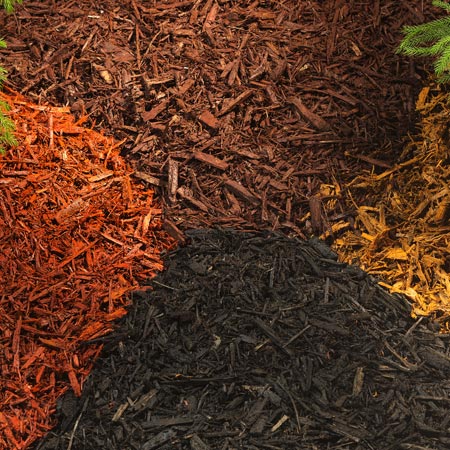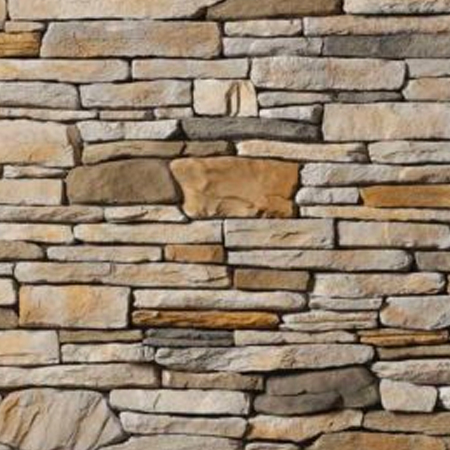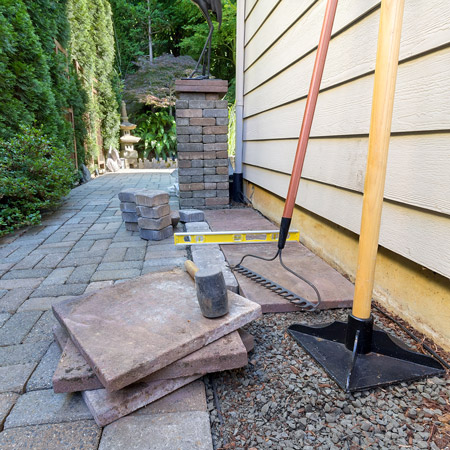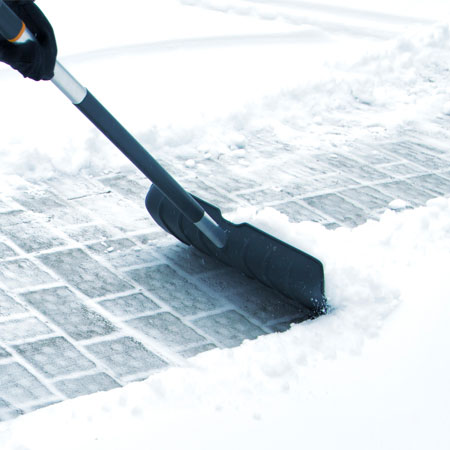
The type of materials that you choose to create the new flooring for your New Bedford outdoor living project should start by reflecting the type of space that you want to create. A more casual setting would not need a long-lasting, durable solution. In fact, it could even be a semi-permanent installation of materials. A more traditional outdoor living area that incorporates a cooking area, a dining area and a living space for entertaining or hanging out, would require a more durable, high-traffic and sturdy type of material for best results.
What Are My Options?
When it comes to flooring there are lots of different types of outdoor flooring materials that can be used. Brick, cedar, concrete, stone – the options truly are endless. However, once you take a look at each type of material, its strengths and its weaknesses, as well as the cost to install and the cost to maintain it, your choice just might reveal itself to you.
- Natural Stone Materials – Of all the outdoor flooring materials, natural stone is both the most popular and the most expensive. One way to reduce costs is to purchase local stone from your region, as it requires the least amount of transportation costs. Ask about how much it will cost to deliver these materials versus what it would cost for you to move them yourself. The advantage of these outdoor flooring materials is that while they do cost more upfront, primarily because of transportation, they are virtually maintenance-free, last for many years and are extremely durable, if installed properly.
- Permeable Pavers – Another heavy material, permeable pavers for patios are very environmentally-friendly because they allow rain water to “permeate” and filter through, preventing erosion and flooding from occurring into groundwater and local sewage systems. These materials perform as a structural pavement and have a 50-year lifespan on the surface even without any special sealing or treatment.
- Concrete Pavers – If you want to learn how to build a paver patio, concrete pavers are a great way to go. The most affordable of the bunch, they are easy to work with and come available in a wide variety of sizes, shapes and colors. The strength, durability and affordability of these outdoor flooring materials are making them a very popular option throughout North America.
- Brick – A great way to bring a classic, traditional look to any home, especially right here in the northeast, brick is very low-maintenance compared to other outdoor flooring materials and is as easy to install as concrete or permeable pavers for patios. It can be installed to create unique patterns, such as the basket weave, herringbone or a more circular pattern. The look, feel, slip-resistance and texture of brick make it a great option for New Bedford outdoor living projects.
- Tile – While seen most often in more temperate climates, tile outdoor flooring materials are now available with an outdoor rating that can stand up to most freeze-thaw cycles. However, when compared to natural stone, permeable and concrete pavers, brick and other, thicker options, there is more maintenance required to keep it sealed and protected from cracking. The cost for tile is about the same as natural stone, however it will require a lot more maintenance and will not last as long.
How to Build a Paver Patio
The best outdoor flooring materials are the ones that appeal to you. Whether it be cost, maintenance responsibilities, durability, ease of installation or the ability of the material to last for many years, you need to select your outdoor flooring materials based on your specific needs and what would best complement your New Bedford outdoor living project. In areas where septic systems are common and groundwater flooding occurs on a regular basis, permeable pavers for patios might be the smartest choice for long-lasting and functional patio construction. It is important to look at the big picture of your return on investment and not just the immediate returns based on appearance or popular trends in outdoor flooring materials.
- Step One – Choose a Location – You will need at least a 10×10 or 12×12 space to build a decent sized patio that can accommodate your outdoor cooking appliances, outdoor living furniture or dining table and chairs.
- Step Two – Prepare the Ground – Depending on the material that you choose to use, you will likely have to dig a couple of inches into the ground, removing any grass or plants in the area. See our video series and how-to tutorials for more detailed information on how to build a paver patio.
- Step Three – Lay the Materials – The concrete, permeable, brick, natural stone or manufactured blocks should be placed according to the manufacturer’s specifications. Check each piece to ensure that it is level for best results.
- Step Four – Filler Materials – The final step is to fill in the space between the pavers, brick or stone with a filler material. For a traditional, closely-spaced patio for New Bedford outdoor living, you will be brushing sand in between the cracks. This sand can be a basic masonry sand, which comes available in a couple of natural colors, or it can be an innovative material known as polymeric sand.
Where to Get Materials for New Bedford Outdoor Living
If you decide that you want to learn how to build a paver patio, purchase permeable pavers for patios or just take a look at all of the outdoor flooring materials available for use in the New England area, just stop by J&J Materials. With two locations to serve South Coast residential and commercial customers, we also deliver materials throughout Southeastern Massachusetts and Rhode Island.
Choose from top names in pavers, such as Nantucket, Belgard and Pavestone, as well as beautiful cut flagstone, bluestone, brownstone and other natural stone products from all over the eastern region. Not sure what you want to use? Speak with our friendly, knowledgeable and experienced sales representatives and customer service agents to find out more about all of the outdoor flooring materials we sell and how they can be used to enhance your New Bedford outdoor living project.






